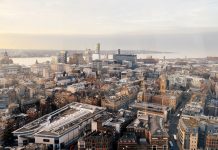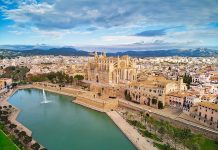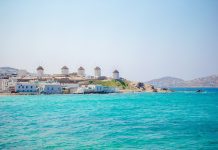We would be lying if we said that Tirana is a very popular tourist city and visited by people from all over the world. It is not. But even Tirana has amazing and beautiful attractions to visit. In this article we review the most interesting things to see in Tirana and that you should not miss if you decide to visit the capital of Albania.
Transportation in Tirana
The most important attractions to see in Tirana are in the center of the city, making it easy to walk around the city. You can also use public transport. However, if you value your personal comfort and convenience, if you want to make a route through Albania or other Balkan countries, a good option is to rent a car and travel on your own without depending on others. This is a favourable choice of transport if you’re traveling with family. You can rent a car in Tirana airport, and from there explore the Albanian capital leisurely at your own pace.
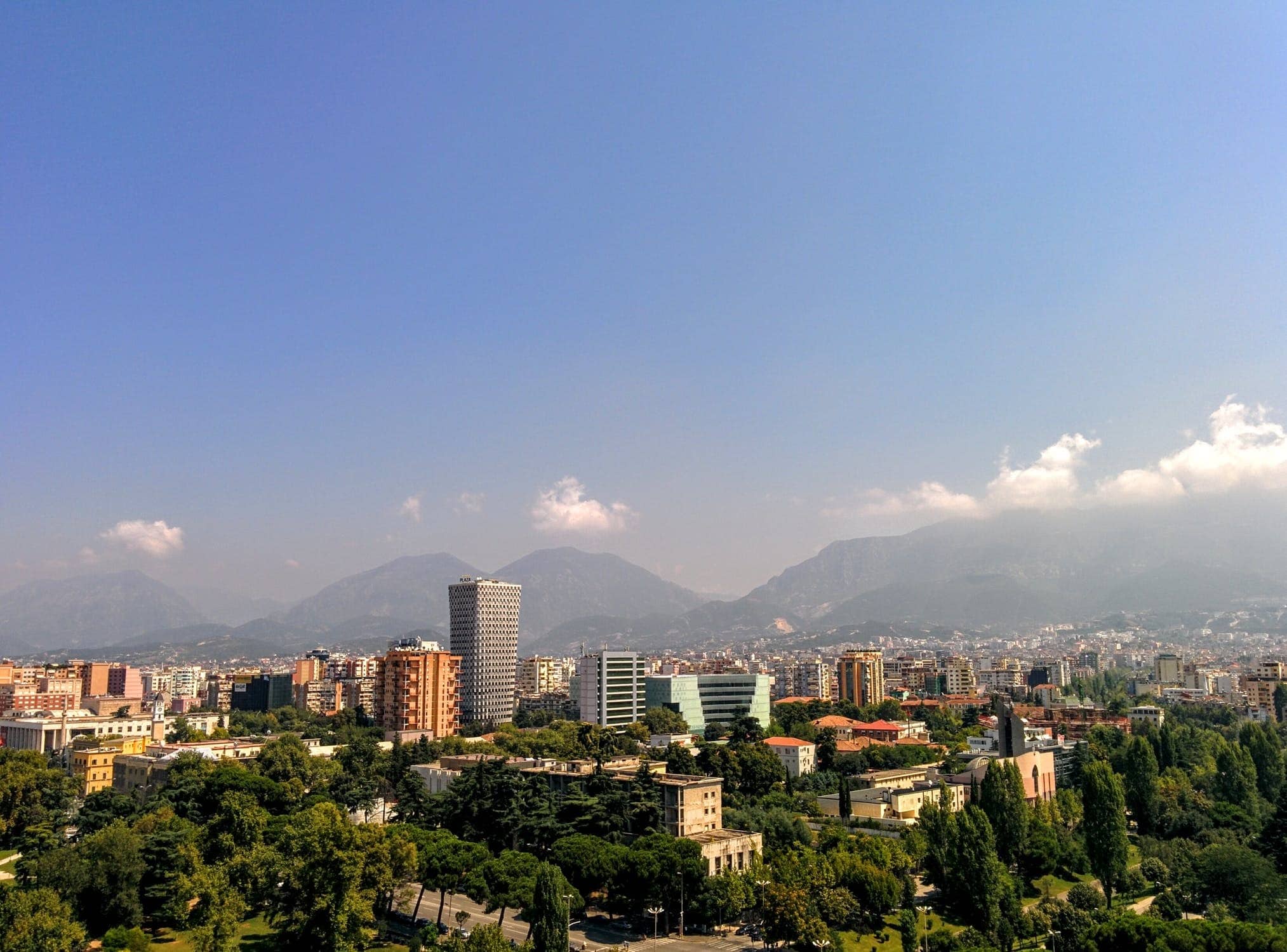
Accommodation
There’s a series of backpacker hostel near the center of Tirana. They have bedrooms and private rooms, equipped kitchens, gardens, and very good facilities in general. The price per night is around 10 euros. If you prefer another type of accommodation, there seem to be options for all tastes in Albania at very budget friendly rates.
The Skanderbeg Square
Currently this elongated square represents the heart of Tirana. It is dominated by the large equestrian statue of Skanderbeg, a national hero who fought and deflected the invasions of the Turkish Empire. The statue was raised in the year 1968 to commemorate the 500th anniversary of his death and is 11 meters tall.
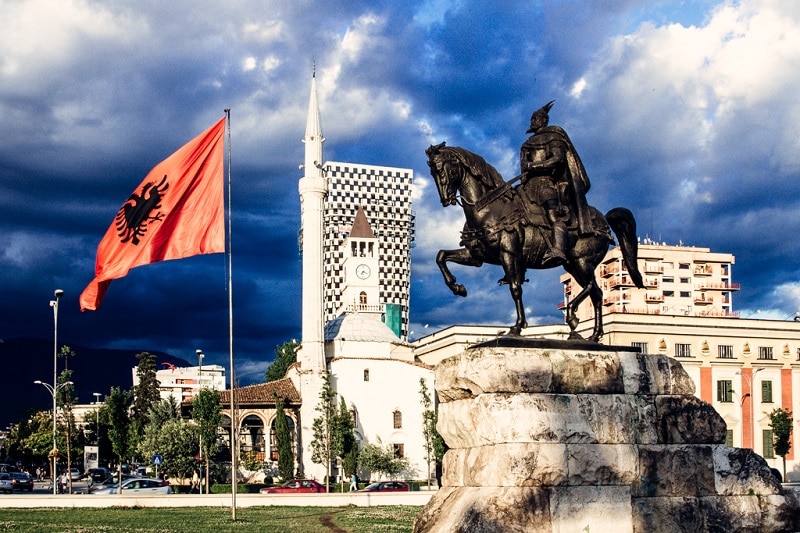
Source: Link
Around the square are some of the must-sees in Tirana such as the Palace of Culture, the Eh’tem Bey Mosque, the Clock Tower, the National Museum of History, the Tirana International Hotel and other official buildings. In addition to being one of the liveliest areas of the city, it is one of the best places to be amazed by the chaotic traffic surrounding the plaza.
The Mosque of Et’hem Bey
Built between 1789 and 1821, this mosque is one of the oldest buildings in the Albanian capital. Throughout the communist period, more than 2,000 places of worship between mosques and churches were closed to the public or destroyed, until 1991 when about 10,000 people entered without the permission of the authorities into the mosque to pray, taking advantage of a multitude of revolts that would destabilize power and with it the fall of the communist regime in Albania. From that moment the spaces dedicated to prayer were reopened and religious freedom returned to the country. Both its exterior and interior are decorated with frescoes related to nature, something not very common in Islamic art.
Clock Tower
It is one of the most symbolic monuments to see in Tirana and is located next to the Et’hem Bey mosque. With its 35 meters, it was considered the tallest building in the city at the time of its construction in 1822. In 1928, Tirana City Council placed a German clock that was damaged years later during World War II. Inside there are some stairs which can be climbed to contemplate the chaos of the city center.
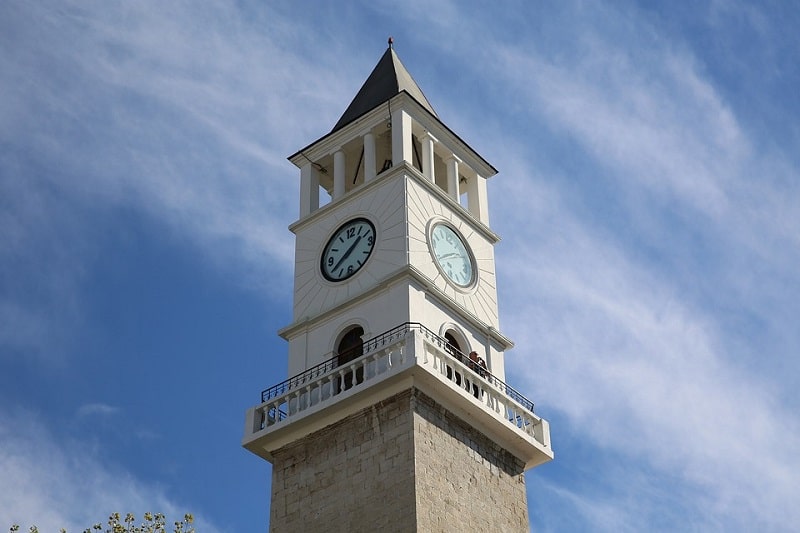
The National Museum of Albanian History
Opened in 1981, it is the largest museum in the entire country. It was built where previously the old Town Hall was located, demolished in the 60s. Highlights the giant mosaic that is on the main facade of the building called “The Albanians.” Inside we find an extensive collection of archaeology, the replica of Skanderbeg’s sword and a whole plant dedicated to the era of the communist regime.
The Palace of Culture
Formerly this was where the Old Bazaar could be found. Now, this building houses the Opera House, the headquarters of the national ballet and the National Library.
Postblloku, the Memorial to Communist Isolation
The monument was created by the writer and ex-president Fatos Lubonja and the artist Ardian Isufi. This commemorates the political prisoners of the country who suffered under the Hoxha regime. The elements that make up the place are one of the small defensive concrete bunkers that are found throughout the country, a part of the Berlin Wall of Postdamer Platz painted with vivid colors, and different concrete supports of Spaç’s famous work field, where thousands of political prisoners were condemned with years of forced labor in the copper mine until death between 1968 and 1990.
The Boulevard Dëshmorët e Kombit
It is the main and great avenue of the capital. It crosses the entire center of the city, and connects the Skanderbeg Square with the University of Tirana. The length and breadth of this street is where most Tirana traffic can be found.
Stroll through the Blloku Neighborhood
Formerly the Blloku District, it was an exclusive area where the communist leader Enver Hoxha and some other political class families resided. During the communist era, people on foot could not access this place, since it was a monitored area. Now it is the most ‘cool’ neighborhood of Tirana, where we can find hundreds of cafes, restaurants and bars, and where local people take the opportunity to meet.
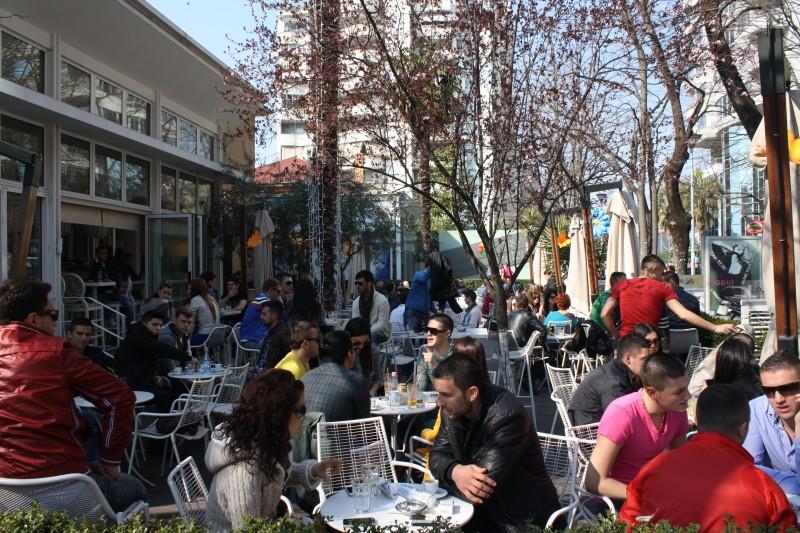
Source: Link
The Bridge of Tabak
It is a stone bridge from the Ottoman period of the 19th century. It linked Tirana with the eastern highlands, and it was the route through which livestock entered the city. It was located on the Lana stream but in 1930 the river was diverted and the bridge was abandoned. Some 70 years later, the bridge was restored. Currently, it is considered one of the most important monuments of cultural heritage and urban development in the city.
The Orthodox Cathedral of the Resurrection of Christ
It was inaugurated in 2012 and is the third cathedral with the same structure in the Balkans. The bell tower is 46 meters tall and the dome about 32 meters. In the complex we can find a library and a small museum. Currently, the Cathedral is a major tourist attraction and one of the most modern buildings in Tirana.



